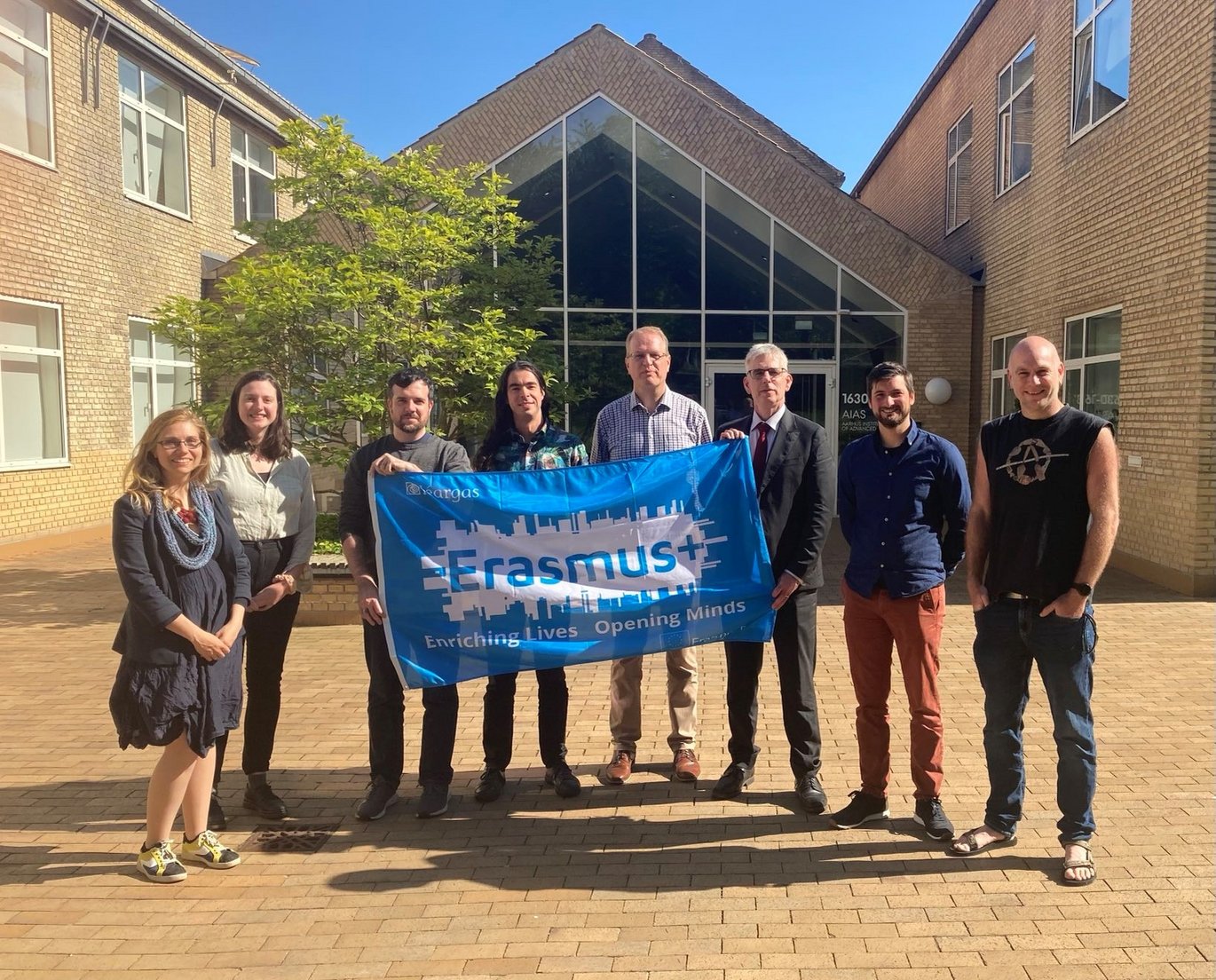ERASMUS+ project on teaching agent-based modelling
UrbNet Associate Professor Tom Brughmans and Postdoc Iza Romanowska (AIAS-COFUND fellow) are part of a team awarded an ERASMUS+ grant from the European Union to develop educational resources for agent-based modelling in archaeology.

Agent-based modelling is now well established as a computational simulation tool in archaeology, and UrbNet’s Iza Romanowska even co-authored the first textbook on the topic (https://www.sfipress.org/books/agent-based-modeling-archaeology). But there is still a need for teaching materials that help archaeology lecturers teach the topic, or to help students' and researchers’ self-study. The new ERASMUS+ project will develop educational resources to accompany this first textbook. The project started on the 1 April 2022 and is a collaboration between experts on the topic at Aarhus University, Landward Research, Leiden University and Saxion University of Applied Sciences. A kick-off meeting was held in May 2022 at UrbNet and at the Aarhus Institute of Advanced Studies (AIAS).
Project description
Agent-based modelling (ABM) is a class of computational models for simulating complex interactions which emphasises how actions by individuals combine to produce global patterns. ABM is a valuable digital tool with a wide range of uses, for archaeologists as well as for their clients in other sectors like construction and agriculture. For example, the majority of archaeologists undertake archaeological work as part of development projects, such as building roads or houses, and this is where this technique is invaluable. It is used to create predictive models which estimate the location of archaeological resources that will be encountered during development work by other industries, such as construction or mining, thus allowing the estimation of costs and/or to develop strategies of mitigation, providing immense benefit to the archaeological, construction and minerals sectors. Predictive models significantly reduce development costs while protecting irreplaceable heritage resources. However, even though this digital vocational skill is in high demand by archaeologists, there are significant problems with vocational training for this skill in the sector. A survey of practitioners, in 2018, found significant deficiencies in the provision of ABM training; 76% of modellers were primarily self-taught with some degree of secondary support i.e. 27% relied on peer support. Only 7% had any sort of formal training at a workshop or summer school and only 14% received training as part of a degree.
This project seeks to overcome this training deficiency problem by creating open learning materials that can be integrated into training programmes, such as face-to-face training, employer continual professional development seminars, webinars, MOOCs (Massive Open Online Courses) and self-directed learning.
